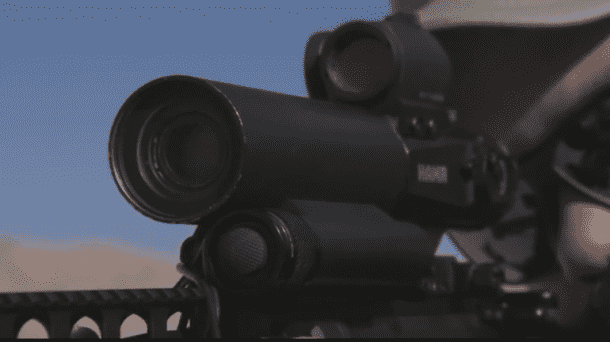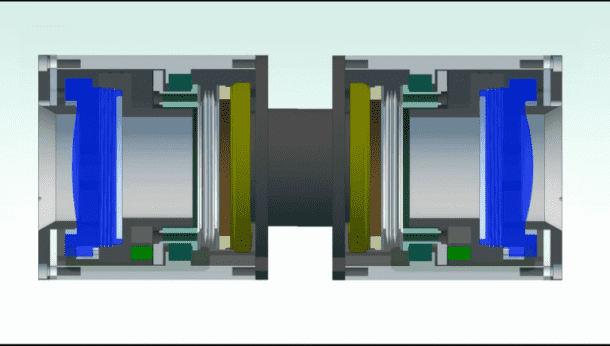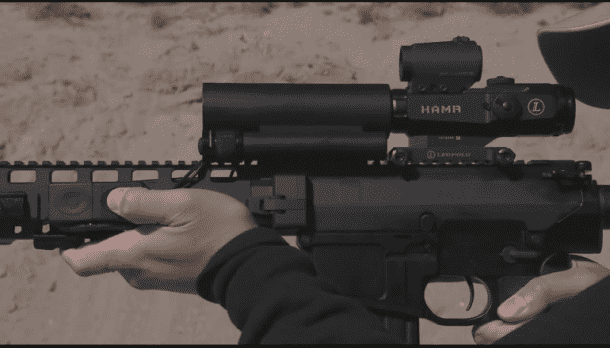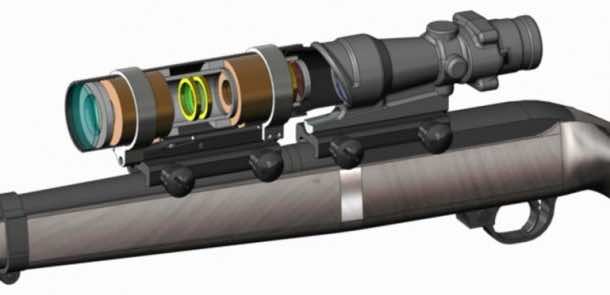On a battlefield, even minute distractions and a wasted moment can mean the difference between life and death. Why are we telling you this? Because now you’ll understand that when a soldier looks away from the target or take hands off the rifle to adjust magnification while using modern rifle-scopes, the soldier is being exposed to a big threat. Sandia National Laboratories’ Rapid Adaptive Zoom for Assault Rifles (RAZAR) riflescope can switch from high magnification to low magnification at a simple touch of a button. This allows soldiers to be able to focus better on combat instead of on the scope.
RAZAR is a prototype as of now, and has reached this phase after 8 years of development carried out by Army Special Forces officer Brett Bagwell who later switched his field to become an optical engineer. The US Department of Defense (DoD) required a compact zoom riflescope that was capable of rapidly changing magnification. Sandia has revealed that the scope is lightweight, compact, rugged and easy to use while being energy efficient.

Sandia has incorporated the adaptive zoom technology in RAZAR, which was created by David Wick when he was working for the laboratory as an optical engineer. When compared with the traditional zoom optics, the lens is static and does not move. The optics in RAZAR work in a similar fashion as human eye and use glass lenses working in conjunction with the polymer lenses created from 2 hermetically-sealed membranes that are flexible and filled with polymer fluid.
The RAZAR has an ultrasonic piezoelectric actuator that electro-mechanically transforms the lens curvature under 250 milliseconds and has an accuracy of 100 nanometers. This approach allows the scope to be compact, adjustable, and lightweight and makes use of quite little power derived from 2 AA batteries that are capable of executing 10,000 actuation.
Although the principle is not new, Sandia says that the tolerances that were set for RAZAR meant that it had to be built from scratch. He had to come up with solutions pertaining to manufacturing of polymer lenses that had no bubbles and other issues which were directly affecting the optical qualities. Another feature of the adaptive zoom system is the ‘zero-power hold’ function that allows it to maintain focus even when the power has been switched off. So a pre-set focus can be used if the batteries run out of juice, of course changing the focus won’t be an option then. Check out the video below for more details:


